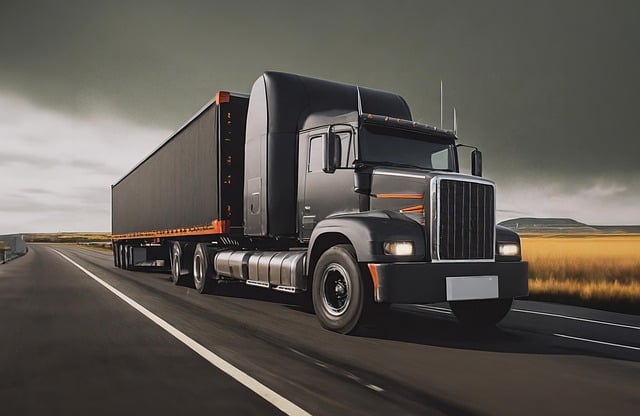Gap insurance, or Guaranteed Asset Protection insurance, is often overlooked but can be a financial lifesaver in specific circumstances. It bridges the gap between what your car is worth (its actual cash value, or ACV) and what you owe on your loan or lease if your vehicle is totaled or stolen. Understanding when to purchase gap insurance ensures you’re not caught off guard by unexpected costs.
What Is Gap Insurance?
Gap insurance covers the difference between your vehicle’s ACV and the balance of your loan or lease. This is particularly important because new cars depreciate rapidly, often losing up to 20% of their value in the first year. If your car is declared a total loss, you might owe more than what your primary insurance pays.
For a detailed comparison of gap insurance and other coverage types, visit How Is Gap Insurance Different from Comprehensive Coverage?.
Scenarios When You Should Consider Buying Gap Insurance
1. Leasing a Vehicle
Gap insurance is almost always recommended for leased vehicles. Many lease agreements require it because the lessee is responsible for the vehicle’s value throughout the lease term. Without gap insurance, you might owe the leasing company a significant amount if the car is totaled or stolen.
- Example: If your leased car’s ACV is $25,000, but the remaining lease balance is $28,000, gap insurance covers the $3,000 difference.
2. Financing a New Vehicle
If you’ve financed a car, particularly with a high loan-to-value ratio, gap insurance is crucial. This is common when:
- You made a small or no down payment.
- You financed the entire purchase price.
- The loan term is extended (e.g., 60 months or more).
Vehicles depreciate quickly, and without gap insurance, you could end up paying thousands out of pocket.
3. Owning a Rapidly Depreciating Vehicle
Some vehicles lose value faster than others. High-end luxury cars, electric vehicles, and specific models with high depreciation rates can create a significant gap between their value and your loan balance.
4. Living in a High-Risk Area
If you live in an area prone to accidents, theft, or natural disasters, gap insurance provides added peace of mind. Comprehensive coverage handles the vehicle’s ACV, while gap insurance ensures you’re not left with debt.
5. Rolling Over a Loan Balance
When trading in a car with an outstanding loan, some dealerships roll the remaining balance into the new loan. If your new vehicle is totaled, you’ll owe not only for its depreciation but also for the previous car’s remaining balance. Gap insurance protects you in these situations.
When You Might Not Need Gap Insurance
While gap insurance is valuable in many scenarios, it’s not always necessary. Consider skipping it if:
- You paid for the car in full.
- Your loan balance is significantly lower than the vehicle’s ACV.
- Your vehicle has low depreciation and retains its value well.
How to Purchase Gap Insurance
1. Through the Dealer
When leasing or financing a car, dealerships often offer gap insurance. While convenient, this option is typically more expensive than purchasing from an insurance provider.
2. Through Your Insurance Provider
Many insurance companies offer gap insurance as an add-on to your auto policy. This is often the most cost-effective option.
3. As a Standalone Policy
Some companies specialize in standalone gap insurance policies. This option is ideal if your primary insurer doesn’t offer it.
For more insights into leasing-specific gap insurance requirements, visit Do You Need Gap Insurance for a Leased Vehicle?.
Benefits of Gap Insurance
1. Financial Protection
Gap insurance ensures you’re not left paying off a loan for a car you no longer have.
2. Peace of Mind
Knowing you’re covered in worst-case scenarios reduces stress.
3. Compliance with Lease Terms
If your lease agreement requires gap insurance, having it ensures you’re compliant and avoids penalties.
Real-Life Example: The Cost of Not Having Gap Insurance
A driver purchased a new SUV for $35,000 with no down payment. Six months later, the vehicle was totaled in an accident. The car’s ACV was $30,000, but the driver still owed $34,000 on their loan. Without gap insurance, the driver had to pay $4,000 out of pocket.
How Much Does Gap Insurance Cost?
Gap insurance is relatively inexpensive, costing:
- $20-$40 annually as part of an existing auto policy.
- $400-$700 as a one-time payment when purchased through a dealership.
Tips for Managing Gap Insurance
- Assess Your Loan-to-Value Ratio: If your loan balance is close to or below your vehicle’s ACV, gap insurance may not be necessary.
- Shop Around: Compare rates from insurance providers and dealerships.
- Reassess Periodically: As you pay down your loan, reevaluate whether you still need gap insurance.
Gap insurance is a smart investment in specific scenarios, particularly for leased or financed vehicles. By understanding when it’s necessary and evaluating your financial situation, you can make an informed decision that protects you from unexpected costs. Whether you’re driving off the lot in a new car or renewing your policy, consider whether gap insurance aligns with your needs and risks.



